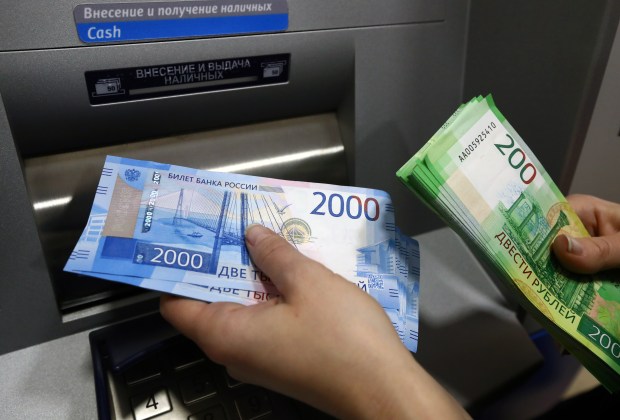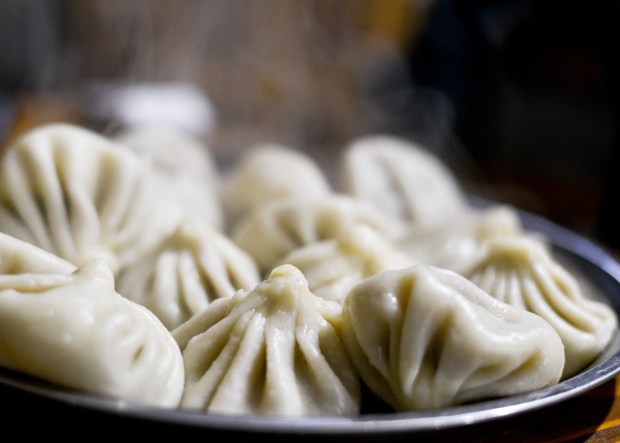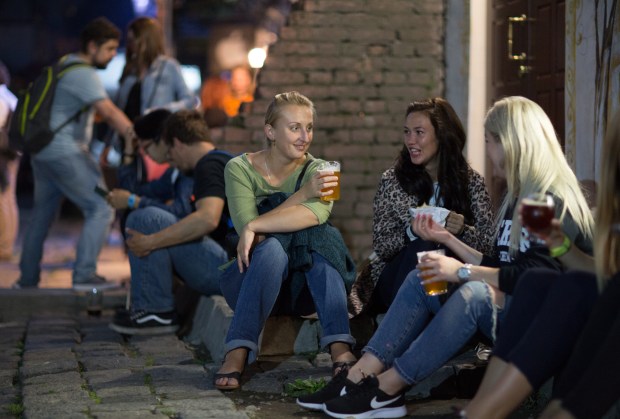Save up for your visa. The price of a Russian tourist visa keeps creeping up, and the requirements—like needing an official invitation from an approved organization—remind one just a bit of the Soviet days. If you stand in line at a consulate in the U.S., you can get a visa for $123. If you use a passport service and need a quick turnaround and expedited visa, that can creep up to nearly $500. It’s absurd—although, importantly, it’s not nearly as egregious as what many have to go through to visit the U.S. Good news for World Cup ticket holders: You can enter Russia without a visa if you have a Fan ID, which gets you free public transportation as well.
Don’t fear the ruble. Moscow used to be expensive. Like, weird expensive. Luanda expensive. But with the ruble being one of the first currencies to go down the slide that we’ll all be on soon enough, this is actually a great time to visit. A quality hotel in central Moscow can be yours for $110 a night or less (except during the World Cup of football, aka the Beautiful Gouge). And an excellent meal in Moscow or St. Petersburg’s very highest-end restaurants doesn’t cost what a pedestrian upscale meal in New York might.

Stock up on small bills. When changing money into Russian rubles, make sure to ask for some smaller bills: 500- or 100-ruble notes. A lot of stores and restaurants won’t have change for anything larger, and few will want to break the 5,000-ruble notes that banks and exchangers often try to give you. At the very least they’ll make you feel like an ass for handing one of those over to buy a water and a couple of postcards.
Carry your passport. It’s unlikely that you’ll get stopped by police, who mostly seem to stand around waiting for opposition leader Alexei Navalny, but if you do, you’ll definitely want to have your passport on you. Take it with you at all times.

Download some Russian. Moscow is far more English-friendly than most places in Russia, but without at least some basic words and some translation fire power, you’ll struggle at times. Download Yandex Translate [Apple or Android], which works offline too and translates text from photos. (It has 95 languages, so you can use it for future trips, too.) Here are the Russian words you really should know: выход (VY-khod) for “exit”; вход (v-KHOD) for “entrance”; ресторан (resto-RAHN) for “restaurant”; туалет (tua-LYET) for “toilet”; аптека (ap-TYEK-a) for “pharmacy.”
Download your Yandex apps. Yandex is Russia’s Google: a search engine and internet portal with email services and its own map software. Uber operates in St. Petersburg, but it was recently bought out by Yandex, which operates its own ride-share called Yandex Taxi. The two have similarly good user experiences, but we give the slight nod to the Yandex Taxi app because it uses Yandex Maps, which tend to work better than Google Maps here (plus, it calculates traffic on your route). We had a cab driver perform some impressive Yandex-assisted shortcut heroics by snaking through several tiny residential courtyards to escape a stop-start traffic jam. Get Yandex Metro if you’ll be using public transport.

Eat Georgian. Russian cities have a lot of Georgian restaurants. Russia’s southern neighbor on the Black Sea has a rich food culture, shaped by its Silk Road connections and its borrowing from Turkish, Central Asian, Middle Eastern, and European cuisines, which made it a strongly seasoned alternative to Russian fare in leaner times. During the Soviet Union, when much of the food was standardized and spiked with mayonnaise, Georgian cuisine offered some of the best meals around. Try the fist-size juicy meat-and-soup dumplings (khinkali), glistening egg-and-cheese bread (katchapuri), simmered stews, the red spicy sauce that goes with everything (adjika), wine, and, of course, chacha.

Git your Teremok. Russian fast-food chain Teremok delivers a real hit of flavor and sense of place for a reasonable price. We will always enjoy the ability to get a buttery blini with roe for under $10 or even this thing, which they call an E-mail Blini and which comes with mushrooms and melty cheese, like all email should.
Learn the boozing hours. Federal law allows alcohol sales from stores only between 8 a.m. and 11 p.m., but there are regional variations. And bars stay open to the wee hours with no serving limit except for age. Note that for the World Cup 2018, the Russian government has imposed additional booze restrictions in an attempt to avoid the sometimes lethal combination of soccer and hard-liquored-up fans. The rules vary among host cities: In Moscow there are restrictions on booze sold at bars, restaurants, and liquor stores the day before and the day of World Cup matches. St. Petersburg is banning stores from selling alcohol in glass bottles near the St. Petersburg stadium and the FIFA fan zone on match days and the days before. Plastic cups of sponsor beer will be available at the fan zones.
Originally published as two articles on Roads & Kingdoms on June 6, 2018.
